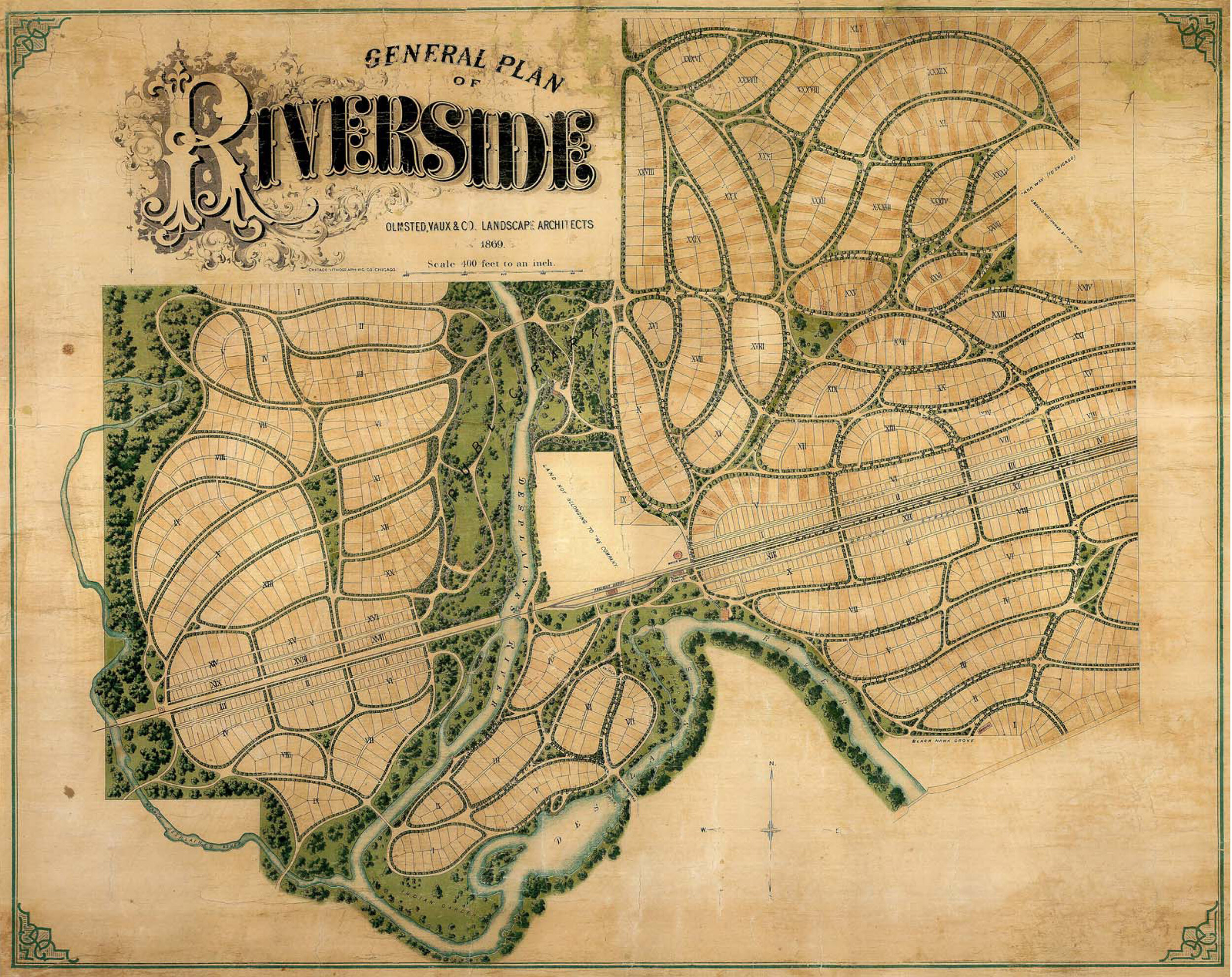The old house in Riverside, Illinois where I grew up. It’s said to have been designed by William Le Baron Jenney, who went on to design the first skyscraper. Look closely and you’ll see me, age 11, staring out my bedroom window on the second floor.
It all started two years before I was born.
My parents fell in love with a dilapidated Victorian mansion in suburban Riverside. It had every old house problem imaginable. They bought it and decided to fix it up themselves. My dad envisioned it being one of the most dramatic transformations the village of Riverside had ever seen. “Make no little plans…” he wrote on the first page of his restoration notebook.
So began a 15-year project to restore the home to its original grandeur. The house was my playground. I slid down its bannister, made toys from construction materials, and built imaginary worlds in its many rooms.
That’s not to say the whole experience was magical. There was a darkness that lived inside the house. My memoir is a coming of age story about coming to realize something wasn’t quite right. That dreams and reality don’t always play well together.
So what happened? You’ll have to read my book to find out. :)
“Make no little plans. They have no magic to stir men’s blood and probably themselves will not be realized. Make big plans; aim high in hope and work… ”
General Plan of Riverside - Olmsted, Vaux & Co. Landscape Architects - 1869. Courtesy of The Frederick Law Olmsted Society of Riverside.
About the home’s rich architectural legacy.
The 1871 Victorian was one of the first homes constructed in Riverside, Illinois. The home’s owner was an original petitioner for the corporation of Riverside Township and the Village of Riverside. He was a trustee on the first village board.
Riverside was one of America’s first planned communities. Its plan was designed by Frederick Law Olmsted and Calvert Vaux of Central Park fame. Deemed one of the 10 towns that changed America by WTTW, the village of Riverside is a U.S. National Historic Landmark. It’s known for its curved streets, gas street lamps, and many well-preserved residences designed by famous architects.
“Frederick Law Olmsted may get all the credit, but architectural pioneer William LeBaron Jenney was instrumental in creating Riverside,” wrote Lonnie Sacchi for the Riverside/Brookfield Landmark.
My childhood home is attributed to William Le Baron Jenney, whose firm oversaw the completion of Riverside after Olmsted’s firm resigned from the project. Jenney designed many of the village’s initial structures including the water tower (still standing), Riverside hotel (since destroyed by fire), and several of its first homes. He even built a home for himself there.
Jenney also was involved in planning Chicago’s extensive boulevard system, most notably Douglass, Garfield, and Humboldt parks. He is remembered as the "Father of the American skyscraper” for his design of Chicago’s Home Insurance Building, the first steel-frame skyscraper.





